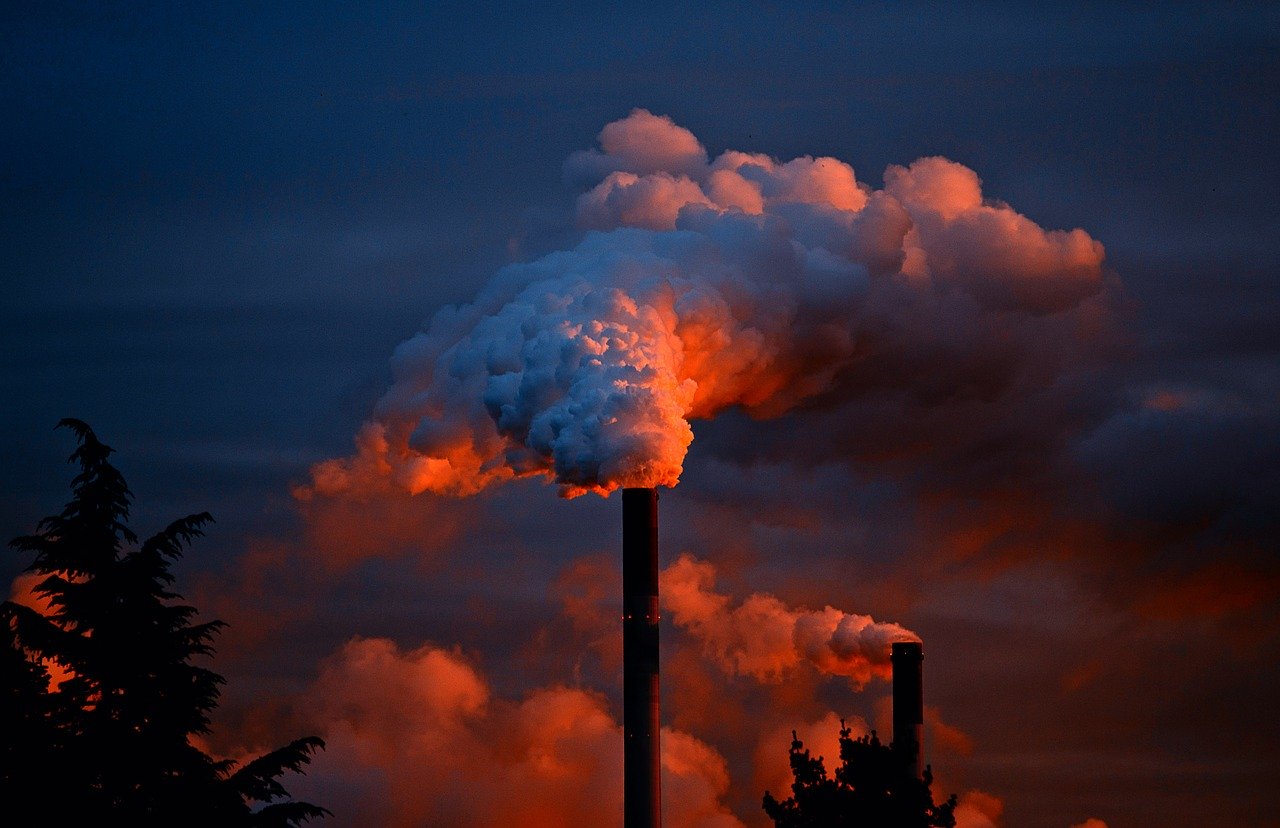Conservationist groups Center for Biological Diversity and 350 Colorado filed a petition for review in the US Court of Appeals for the Tenth Circuit on Monday against the US Environmental Protection Agency (EPA) over its air pollution practices.
Specifically at issue in the petition is the EPA’s approval of parts of the 8-Hour Ozone Attainment Plan concerning the Denver Metro/North Front Range (DMNFR) area in Colorado, which seeks to address the fossil fuel and air pollution causing poor air quality in the region. This final action reclassifies the DMNFR area as a “serious” non-attainment area under the 2008 standards—meaning the area has high levels of nitrogen air pollution. Additionally, the advocacy groups assert the EPA is falling short of its requirement to update air-pollution limits.
The groups cite to the Clean Air Act (CAA, which has provisions to ensure just that—clean air. Initially passed into law in 1970, the CAA has been continuously revised over the years to provide ways to address ongoing climate change factors, including greenhouse gases. Pertinent to this case, the EPA is required to “protect public health and welfare from any actual or potential adverse effect which… may occur from air pollution.” This requirement is what the petition claims the EPA is falling short of.
In a press release, the Center for Biological Diversity stated:
The EPA’s ongoing failure to keep these life-saving limits up to date has left people across the country at greater risk of fatal heart and lung disease. When the EPA ignores the steps that are legally required by the Clean Air Act to protect public health, it leaves us no choice but to sue.
In May, the Center for Biological Diversity also joined other environmental advocacy groups in filing a lawsuit against the Federal Aviation Administration over its allegedly lax environmental impact analysis of a Space X rocket which later exploded.


